Introduction
In the dynamic journey of adolescence, 10th-grade physical education emerges as a pivotal cornerstone, nurturing not only the physical well-being of students but also fostering habits that endure a lifetime. As teenagers navigate the academic challenges of their high school years, the importance of staying fit and active becomes increasingly apparent. The 10th-grade curriculum in physical education is designed not merely to instill athletic prowess but to instigate a holistic understanding of the body, mind, and the symbiotic relationship between them.
Beyond the confines of traditional education, this subject serves as a bridge to a healthier, more energetic lifestyle, equipping students with the tools they need for physical and mental resilience. Let’s embark on a journey through the various facets of 10th-grade physical education, exploring its benefits and unraveling the secrets to cultivating lasting fitness habits.
5 Key Importance of Physical Education
In the realm of education, physical education holds a distinct and vital role, contributing significantly to a student’s holistic development. Here, we unravel the 5 Importance of Physical Education, shedding light on its multifaceted impact on adolescents.
Teamwork
Physical education provides a unique platform for students to engage in collaborative activities, fostering teamwork and interpersonal skills. Whether through team sports or group exercises, students learn the value of cooperation, communication, and shared goals. These experiences extend beyond the gymnasium, preparing individuals for future endeavors that necessitate effective collaboration.
Discipline
Rigorous physical activities instill discipline, a fundamental attribute that transcends the boundaries of sportsmanship. The structured nature of physical education classes teaches students the importance of regular practice, commitment, and adherence to rules. Such discipline becomes a guiding principle in various aspects of life, from academic pursuits to professional endeavors.
Overall Well-being
Beyond the physical benefits, physical education contributes significantly to overall well-being. Regular exercise has been linked to improved mental health, reduced stress levels, and enhanced mood. By incorporating physical activity into their routine, students develop a positive relationship with their bodies, laying the foundation for a lifetime of healthy habits.
Physical Fitness Test:
Physical education introduces students to the concept of physical fitness tests, emphasizing the importance of assessing and monitoring one’s health. Tests such as the sit and reach test, partial curl-up, and the 600-meter run-walk test not only measure physical prowess but also promote self-awareness and accountability for personal fitness levels.
Life-long Health Habits:
Perhaps most crucially, physical education instills life-long health habits. By emphasizing the significance of regular exercise and a balanced lifestyle during formative years, students are equipped with the knowledge and habits needed to maintain their health throughout adulthood. These habits, when ingrained early on, contribute to the prevention of various health issues and the promotion of a fulfilling, active life.
Ace your 10th and 12th English board exams
Height, Weight, and BMI Chart for 14-17 Year Olds in India
| Age (Years) | Gender | Average Height (cm) | Average Weight (kg) | BMI Range |
| 14 | Male | 156 – 163 | 45 – 52 | 16.5 – 23.2 |
| Female | 153 – 160 | 42 – 50 | 16.3 – 22.9 | |
| 15 | Male | 158 – 165 | 47 – 55 | 16.8 – 23.5 |
| Female | 155 – 162 | 44 – 52 | 16.6 – 23.0 | |
| 16 | Male | 161 – 168 | 50 – 58 | 17.1 – 23.8 |
| Female | 156 – 163 | 45 – 53 | 16.8 – 23.2 | |
| 17 | Male | 163 – 170 | 52 – 61 | 17.3 – 24.0 |
| Female | 157 – 164 | 46 – 54 | 17.0 – 23.4 |
Notes:
- Average Height and Weight: These figures are based on general growth patterns observed in Indian adolescents. Individual variations are common and normal.
- BMI Range: Calculated using the average height and weight ranges. BMI (Body Mass Index) is a simple calculation using a person’s height and weight. The formula is BMI = kg/m^2 where kg is a person’s weight in kilograms and m^2 is their height in meters squared.
- Health Assessment: It’s important to note that BMI is a basic measure and doesn’t take into account muscle mass, bone density, overall body composition, and racial and ethnic differences. Always consult healthcare professionals for health assessments.
This table is a general guideline and should be used with an understanding that these are average
values. Individual growth patterns can vary significantly.
Physical Education Benefits
The benefits of engaging in physical education extend well beyond the confines of the gymnasium, influencing various facets of a student’s life, from academic performance to social interactions. Understanding the comprehensive spectrum of Physical Education Benefits is crucial in recognizing its transformative impact on the overall development of individuals.
Enhanced Academic Performance
Numerous studies have established a positive correlation between regular physical activity and academic achievement. Engaging in physical education helps improve concentration, cognitive function, and memory retention. The discipline and focus cultivated during physical activities often translate into better study habits, leading to heightened academic performance.
Improved Social Skills
Physical education provides a unique social environment where students interact, collaborate, and build relationships outside the academic setting. Through team sports and group exercises, individuals learn essential social skills such as communication, teamwork, and conflict resolution. These skills are transferable to various aspects of life, enhancing a student’s ability to navigate social situations effectively.
Stress Reduction
Physical activity is a proven stress reliever. Participating in physical education classes offers students a healthy outlet for releasing pent-up energy and managing stress. Reduced stress levels contribute to a more conducive learning environment, positively impacting emotional well-being and mental health.
Healthy Lifestyle Habits
Physical education plays a pivotal role in shaping lifelong habits that contribute to overall health. By instilling the importance of regular exercise and a balanced lifestyle, students are more likely to carry these habits into adulthood, reducing the risk of health issues related to sedentary lifestyles.
Self-Confidence and Leadership
Physical education provides opportunities for students to challenge themselves physically and set and achieve personal fitness goals. Success in these pursuits boosts self-esteem and self-confidence. Additionally, participating in team sports or group activities nurtures leadership skills as students learn to collaborate, motivate others, and take on roles within a team dynamic.
Excelling in geometry and trigonometry for 10th grade
Mental and Physical Health
The intricate interplay between mental and physical health forms a cornerstone of overall well-being, and it is within the realm of physical education that this symbiotic relationship is accentuated. Understanding the profound connection between Mental and Physical Health is pivotal in recognizing the holistic benefits that arise from engaging in regular physical activity.
Physical exercise serves as a potent elixir for mental health, triggering a cascade of positive effects that extend beyond the physical realm. One of the most notable impacts is the release of endorphins—neurotransmitters responsible for promoting feelings of joy and alleviating stress. As students partake in physical education activities, they embark on a journey that not only strengthens their bodies but also uplifts their mood and resilience.
Moreover, the link between exercise and cognitive function is well-established. Regular physical activity has been shown to enhance cognitive abilities such as memory, attention, and problem-solving skills. This cognitive boost is particularly relevant for students navigating the academic rigors of the 10th grade, contributing to improved academic performance and a heightened ability to handle intellectual challenges.
In the realm of mental health, engaging in physical education also provides a structured outlet for stress and anxiety. The act of physical exertion allows students to release tension, promoting a sense of relaxation and mental clarity. This, in turn, cultivates emotional well-being, reduces the risk of mental health disorders, and contributes to an overall positive outlook on life.
Difference Between Physical Health and Mental Health
The difference lies in the realms of the body and mind, each playing a distinct yet interconnected role in an individual’s overall well-being.
Physical health pertains to the condition of the body—its fitness, functionality, and the absence of physical ailments. It encompasses aspects such as cardiovascular health, muscular strength, and the proper functioning of bodily systems.
On the other hand, mental health focuses on the state of the mind, encompassing emotional, psychological, and social well-being. It involves factors such as cognitive function, emotional resilience, and the ability to cope with stress and challenges.
While physical health and mental health are distinct entities, their interconnection is undeniable. A healthy body often contributes to a healthy mind, and vice versa. Physical activity, for instance, not only enhances physical fitness but also positively influences mental well-being by reducing stress and promoting the release of mood-enhancing neurotransmitters. Recognizing and nurturing this interconnected relationship is essential for achieving holistic health.
Teenage Exercise and How to Be a Healthy and Fit Teenager
Teenage Exercise is a crucial component in fostering a healthy and active lifestyle during the formative years of adolescence. In this phase of rapid growth and development, incorporating suitable exercises not only contributes to physical fitness but also lays the foundation for lifelong well-being.
Teenagers can benefit from a diverse range of exercises that cater to their physical development. Incorporating aerobic exercises, such as jogging, swimming, or cycling, enhances cardiovascular health and stamina. Strength training, using bodyweight or light resistance, helps build muscular strength and bone density. Flexibility exercises, like yoga or stretching routines, contribute to joint mobility and reduce the risk of injuries.
To Be a Healthy and Fit Teenager, it’s essential to combine regular exercise with other lifestyle choices. Adequate sleep is paramount for growth and overall well-being, with teenagers requiring 8-10 hours per night. Balanced nutrition, focusing on a variety of fruits, vegetables, lean proteins, and whole grains, supports both physical and mental development. Hydration is equally crucial, especially during periods of increased physical activity.
Limiting screen time and maintaining a healthy social life contribute to mental well-being. Peer interactions and supportive friendships provide emotional resilience, vital during the often tumultuous teenage years. Avoiding tobacco, alcohol, and substance abuse further ensures a healthy lifestyle.
In essence, Teenage Exercise and Being a Healthy and Fit Teenager involve a holistic approach. By embracing a balanced combination of physical activity, nutritious diet, sufficient sleep, and positive social connections, teenagers can not only navigate the challenges of adolescence but also cultivate habits that promote lifelong health and well-being.
The ultimate CBSE class 10th board exam checklist
Recommended Exercise by Age and How Much Exercise Should a Teenager Do Per Week
Understanding the needs of adolescents is crucial when considering recommended exercise by age and determining how much exercise a teenager should do per week. The American Heart Association suggests that teenagers should engage in at least 60 minutes of moderate to vigorous physical activity most days of the week.
For cardiovascular health, activities like brisk walking, jogging, cycling, or swimming are recommended. Strength training exercises, involving bodyweight or light resistance, should be included at least three days per week to build muscle and bone strength. Additionally, incorporating flexibility exercises, such as stretching or yoga, enhances joint mobility.
The diversity of recommended exercises ensures a holistic approach to fitness, addressing various aspects of physical development. Age-appropriate activities consider the varying stages of growth and maturation in teenagers. Younger adolescents may benefit from activities that focus on fundamental movement skills and coordination, while older teens can explore more complex exercises and sports.
It’s essential to emphasize the enjoyment of physical activity to encourage long-term engagement. Whether through team sports, individual pursuits, or recreational activities, finding exercises that align with personal interests enhances motivation and adherence to a regular exercise routine. By adhering to these guidelines, teenagers can lay the groundwork for a lifetime of physical health and well-being.
Workout for Teenagers
A well-rounded workout for teenagers considers the unique physical development and capabilities of this age group, emphasizing the importance of variety and enjoyment. Here’s a sample routine tailored for teenagers:
Warm-Up (Approx. 10 minutes):
- Light aerobic activity like jogging or jumping jacks to increase heart rate.
- Dynamic stretches for major muscle groups to enhance flexibility.
Cardiovascular Exercise (Approx. 30 minutes):
- Choose activities such as running, cycling, or dancing to boost heart health.
- Aim for intervals of intensity to increase endurance.
Strength Training (Approx. 30 minutes):
- Bodyweight exercises like squats, lunges, push-ups, and planks.
- Include resistance training with light weights or resistance bands, focusing on proper form.
Flexibility and Cool Down (Approx. 10 minutes):
- Static stretches for all major muscle groups to enhance flexibility.
- Deep breathing exercises to promote relaxation and recovery.
This teenage workout combines cardiovascular, strength, and flexibility elements, promoting overall fitness. It’s essential to tailor intensity and duration based on individual fitness levels, ensuring a challenging yet enjoyable experience that sets the stage for a lifelong commitment to physical well-being.
Fitness Test and Physical Endurance Test
Participating in fitness tests is a valuable component of physical education, providing insights into an individual’s overall health and performance. These assessments play a pivotal role in gauging physical abilities and tailoring fitness programs to meet specific needs. One key aspect of fitness testing is the evaluation of Physical Endurance, measuring the body’s capacity to withstand prolonged activity.
The Sit and Reach Test assesses flexibility, particularly in the lower back and hamstring muscles. This is vital for preventing injuries and promoting joint health. The Partial Curl-Up measures abdominal strength and endurance, crucial for core stability and overall functional fitness.
In contrast, the 600-Meter Run-Walk Test evaluates cardiovascular endurance. It challenges participants to cover the distance in the shortest time possible, reflecting their ability to sustain aerobic activity. These tests collectively provide a comprehensive picture of an individual’s fitness profile, aiding educators and fitness professionals in designing tailored exercise regimens.
Beyond the numerical results, fitness tests cultivate a sense of achievement and motivation, encouraging individuals to set and surpass personal goals. They promote self-awareness, fostering a proactive approach to health and well-being. Incorporating such assessments into physical education underscores the holistic nature of fitness, acknowledging that endurance, strength, and flexibility are interconnected facets of optimal health.
Diet Chart for Teenager for a Week and Healthy Teenage Diet Plan
A Healthy Teenage Diet Plan is crucial for supporting growth, development, and overall well-being during adolescence. Here’s a brief guide along with an example Diet Chart for Teenagers for a Week.
| Meal Time | Menu |
| Breakfast | Whole Grain cereal with low fat milk, topped with fresh berries. |
| A piece of wholegrain toast with peanut butter. | |
| A glass of orange juice. | |
| Mid-Morning Snack | Greek yogurt with granola and sliced banana. |
| Lunch | Grilled chicken or tofu wrap with whole grain tortilla, lettuce, and tomatoes. |
| Mixed vegetable salad. | |
| Water or herbal tea. | |
| Afternoon Snack | Hummus with carrot and cucumber sticks. |
| Dinner | Baked salmon or lentil curry. |
| Quinoa or brown rice. | |
| Steamed broccoli and a side of mixed greens. | |
| Evening Snack | A fruit smoothie with yogurt, spinach, and berries. |
| Hydration | Aim for at least 8 glasses of water per day. |
| Include herbal teas or infused water for variety. |
This Diet Chart for Teenagers for a Week focuses on a balanced distribution of macronutrients, incorporating whole grains, lean proteins, fruits, and vegetables. Encourage teens to participate in meal planning and preparation to instill a sense of responsibility for their dietary choices. This balanced approach not only supports their nutritional needs but also sets the stage for developing healthy eating habits that extend into adulthood.
Indian Diet Chart for Teenager for a Week
In crafting an Indian Diet Chart for Teenagers for a Week, it’s essential to align with cultural dietary preferences. Emphasize traditional, nutrient-rich foods. For instance:
| Meal Time | Menu |
| Breakfast | Poha (flattened rice) with vegetables or idli with coconut chutney. |
| Mid-Morning Snack | A handful of almonds or a banana. |
| Lunch | Roti with dal (lentil curry), mixed vegetable sabzi, and rice. |
| Afternoon Snack | Chaas (buttermilk) or a fruit chaat. |
| Dinner | Chicken curry or paneer masala with chapati and a side of salad. |
| Evening Snack | Dhokla or sprout chaat. |
| Hydration | Nimbu pani (lemon water) or coconut water. |
This Indian Diet Chart integrates regional flavors and staple foods, ensuring a nutritious and culturally resonant approach to teenage nutrition.
Nutritional Chart for Common Indian Household Food Items
Below we provide a simplified version focusing on a range of commonly consumed foods to help you eat better. This will include basic grains, vegetables, fruits, dairy products, and meats, which are staples in many Indian households.
| Food Item | Serving Size | Calories (kcal) | Proteins (g) | Vitamins | Minerals | Carbohydrates (g) | Fats (g) |
| Rice (white) | 100 g | 130 | 2.7 | – | Iron | 28.1 | 0.3 |
| Wheat Flour | 100 g | 340 | 13 | B Vitamins | Iron, Magnesium | 72 | 1.5 |
| Lentils (Dal) | 100 g | 116 | 9 | B Vitamins | Iron, Potassium | 20 | 0.4 |
| Chicken | 100 g | 239 | 27 | B6, B12 | Iron, Zinc | 0 | 14 |
| Paneer (Cottage Cheese) | 100 g | 265 | 18 | Calcium, B Vitamins | – | 1.2 | 20 |
| Spinach | 100 g | 23 | 2.9 | A, C, K, B2, B6 | Calcium, Iron, Magnesium | 3.6 | 0.4 |
| Potato | 100 g | 77 | 2 | C, B6 | Potassium, Magnesium | 17 | 0.1 |
| Apple | 1 medium | 95 | 0.5 | C, K | Potassium | 25 | 0.3 |
| Banana | 1 medium | 105 | 1.3 | C, B6 | Potassium | 27 | 0.4 |
| Milk (Whole) | 1 cup (244g) | 149 | 7.7 | B12, D | Calcium, Potassium | 12 | 8 |
| Almonds | 1 oz (28g) | 164 | 6 | E | Magnesium, Calcium | 6.1 | 14 |
| Yogurt (Plain) | 1 cup (245g) | 149 | 8.5 | B12, D | Calcium, Phosphorus | 11.4 | 8 |
Few tips to note:
- Serving Size: The weights are general estimates for uncooked or raw forms, except for fruits and dairy products.
- Vitamins and Minerals: Only key vitamins and minerals are listed. Many foods contain a variety of nutrients in smaller amounts.
- Caloric and Nutrient Variations: Cooking methods can alter the nutritional content. For instance, frying adds additional fats.
- Health and Dietary Needs: Individual dietary needs vary greatly. This table is a general guide and should not replace professional dietary advice.
This table provides an overview of common Indian foods, but the diversity of Indian cuisine means that there are many more items with varying nutritional profiles.
Teen Workout Plan and Physical Education for Teens
A well-crafted Teen Workout Plan is a cornerstone of effective Physical Education for Teens, offering benefits that extend beyond the gymnasium. Structured workout plans cater to the specific needs of teenagers, promoting physical fitness, discipline, and overall well-being. These plans, whether integrated into physical education classes or pursued independently, instill healthy habits early in life. Engaging in a variety of exercises not only enhances physical prowess but also nurtures cognitive skills, teamwork, and emotional resilience. A thoughtful combination of cardiovascular, strength, and flexibility training contributes to holistic development. By incorporating a Teen Workout Plan into the framework of Physical Education for Teens educators play a pivotal role in equipping the younger generation with the tools they need for a lifetime of health and fitness.
Conclusion
In conclusion, Physical Education lays the foundation for a holistic approach to teenage well-being. From understanding the importance of teamwork, discipline, and overall well-being to recognizing the interconnectedness of mental and physical health, the journey unfolds with valuable insights. Tailored workout plans, fitness tests, and dietary guidance provide a roadmap for teens to embrace a balanced and active lifestyle. By fostering habits that extend beyond the classroom, educators and students alike contribute to a healthier, more resilient future. Through the synergy of structured exercise, thoughtful nutrition, and a broader understanding of health, the 10th-grade experience becomes a pivotal moment in shaping a lifelong commitment to staying fit and active.
Deeksha, a trailblazer in education, is committed to empowering students for success, aligning seamlessly with the principles highlighted in the 10th-grade physical education guide. With a holistic approach that integrates care, academics, and technology, Deeksha provides a unique environment that not only fosters academic excellence but also focuses on the development of essential life skills, including physical well-being. By incorporating personalized career orientation and emphasizing qualities such as resilience, adaptability, and effective communication, Deeksha plays a pivotal role in shaping students into confident and capable leaders. Through a comprehensive model that supports both academic and personal development, Deeksha ensures that students not only thrive in their academic pursuits but also emerge as well-rounded individuals ready to navigate the challenges of the future with competence and grace.
Transform your academic journey with Deeksha – Where Excellence Meets Empowerment. Join us to unlock your full potential and become a confident, capable leader of tomorrow!
Table of Contents


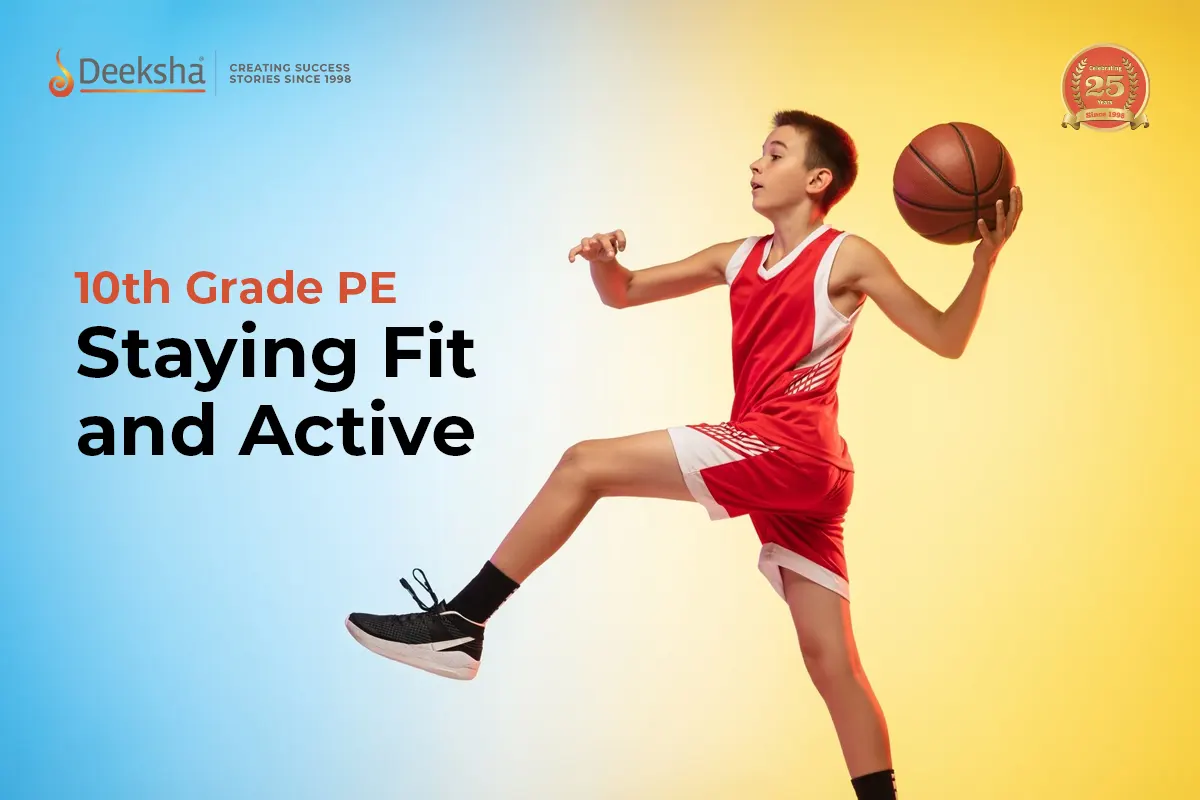


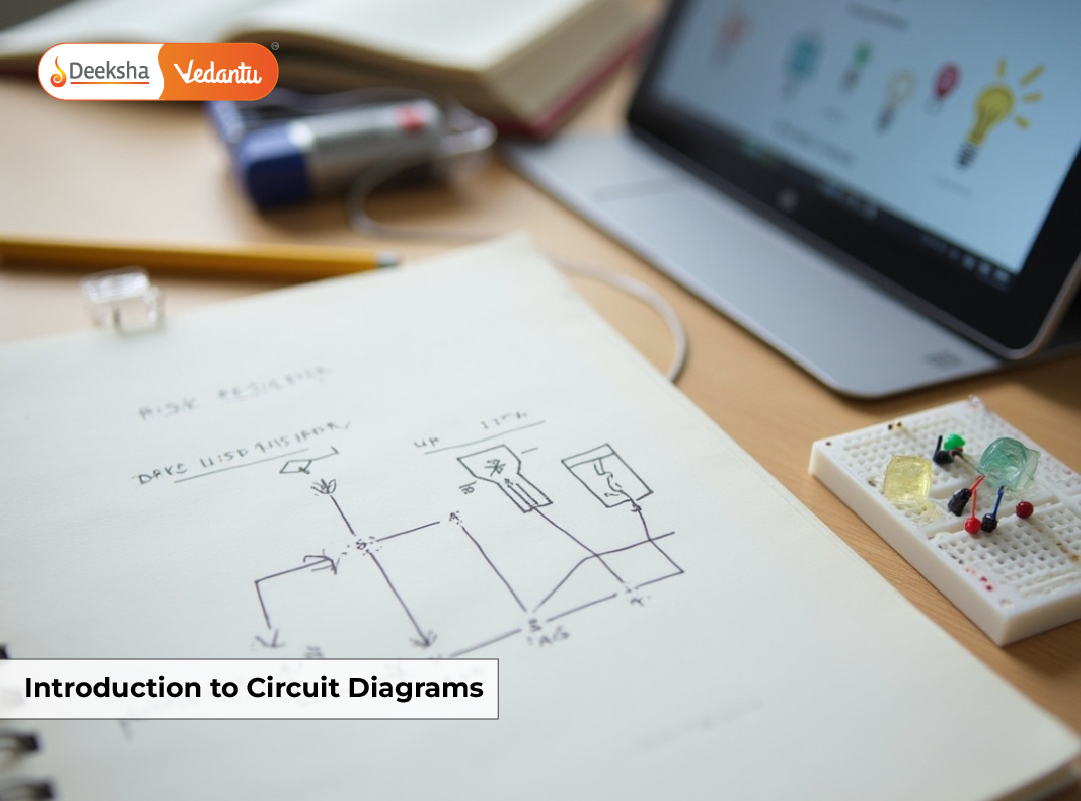
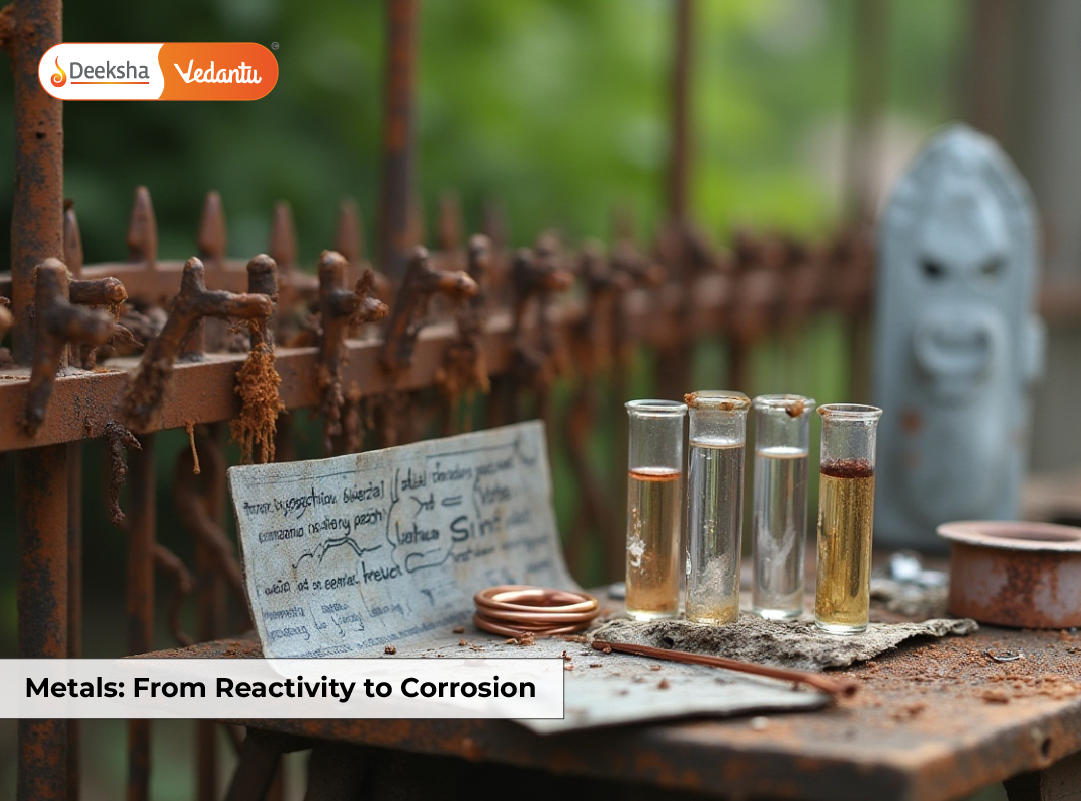
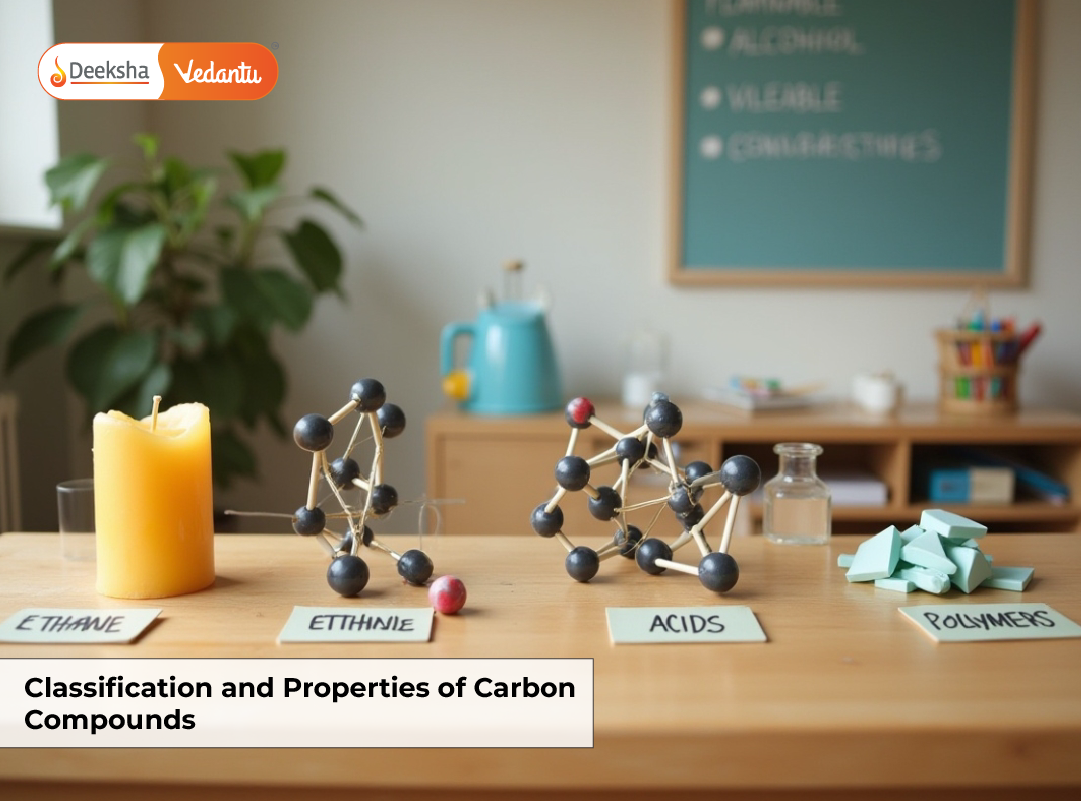
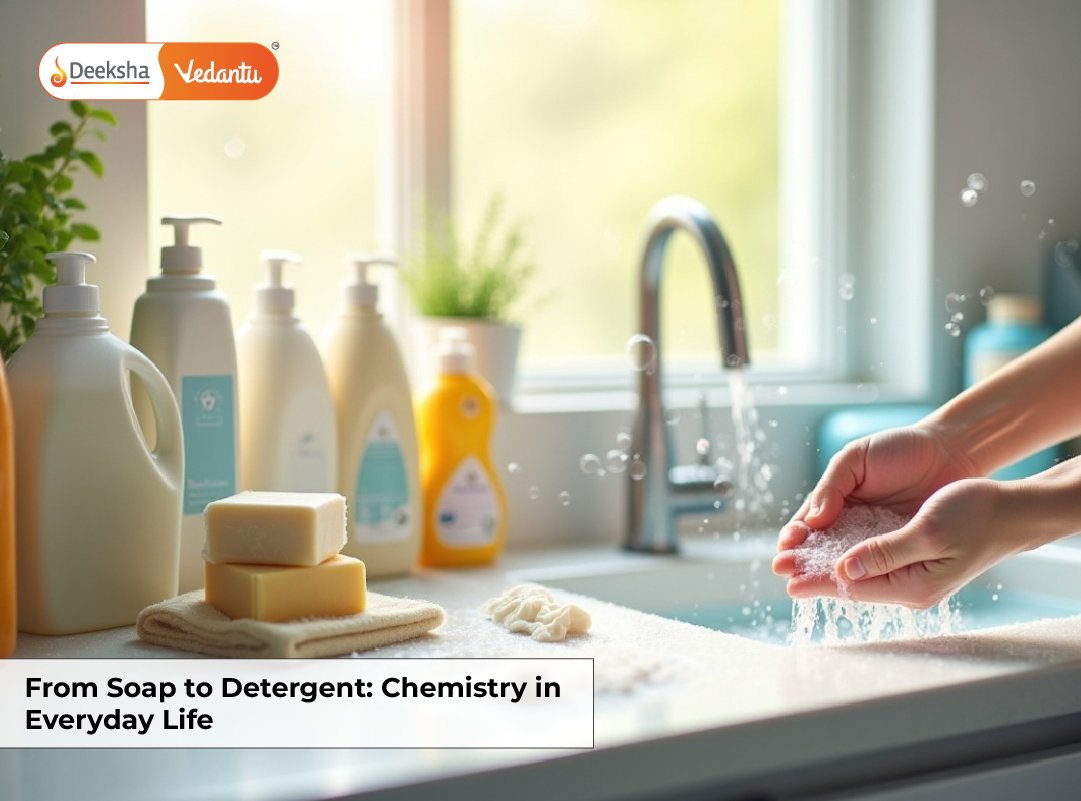






Get Social